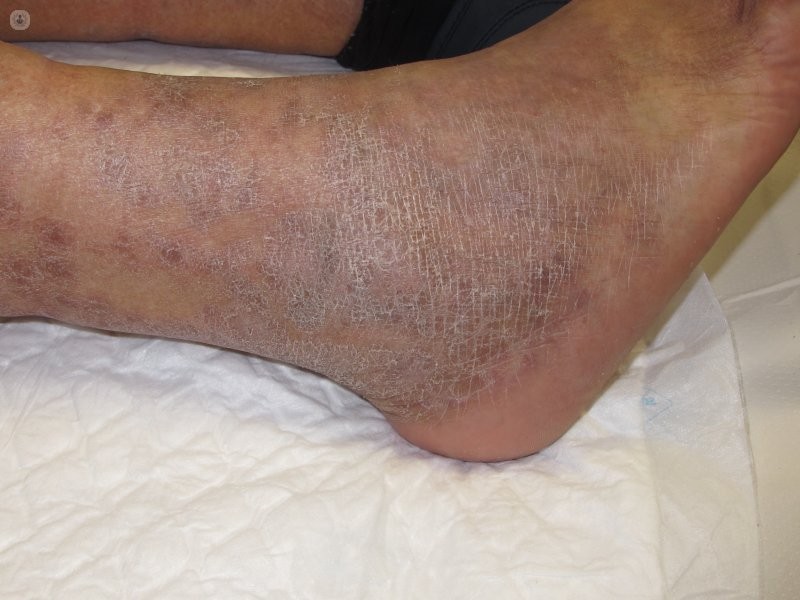Venous Stasis

Venous stasis occurs when the valves in the veins stop working properly. The valves are designed to keep blood flowing in one direction by opening and closing as needed. However, when they don’t function properly, blood can pool in the veins, which can cause a few problems. One of the most common problems associated with venous stasis is varicose veins.
There are two main ways venous stasis can cause varicose veins: by damaging the veins’ valves and weakening the veins’ walls. When the valves in the veins are damaged, they can’t open and close properly. This allows blood to flow backward and pool in the vein. Blood pooling puts pressure on the vein walls and causes them to bulge outwards.
In addition to causing damage to the valves, venous stasis can also weaken the walls of the veins. When blood pools in a vein, it increases the pressure within that vein. Over time, this increased pressure can cause the vein walls to stretch and thin out. This makes them more likely to collapse or rupture, leading to varicose veins.










